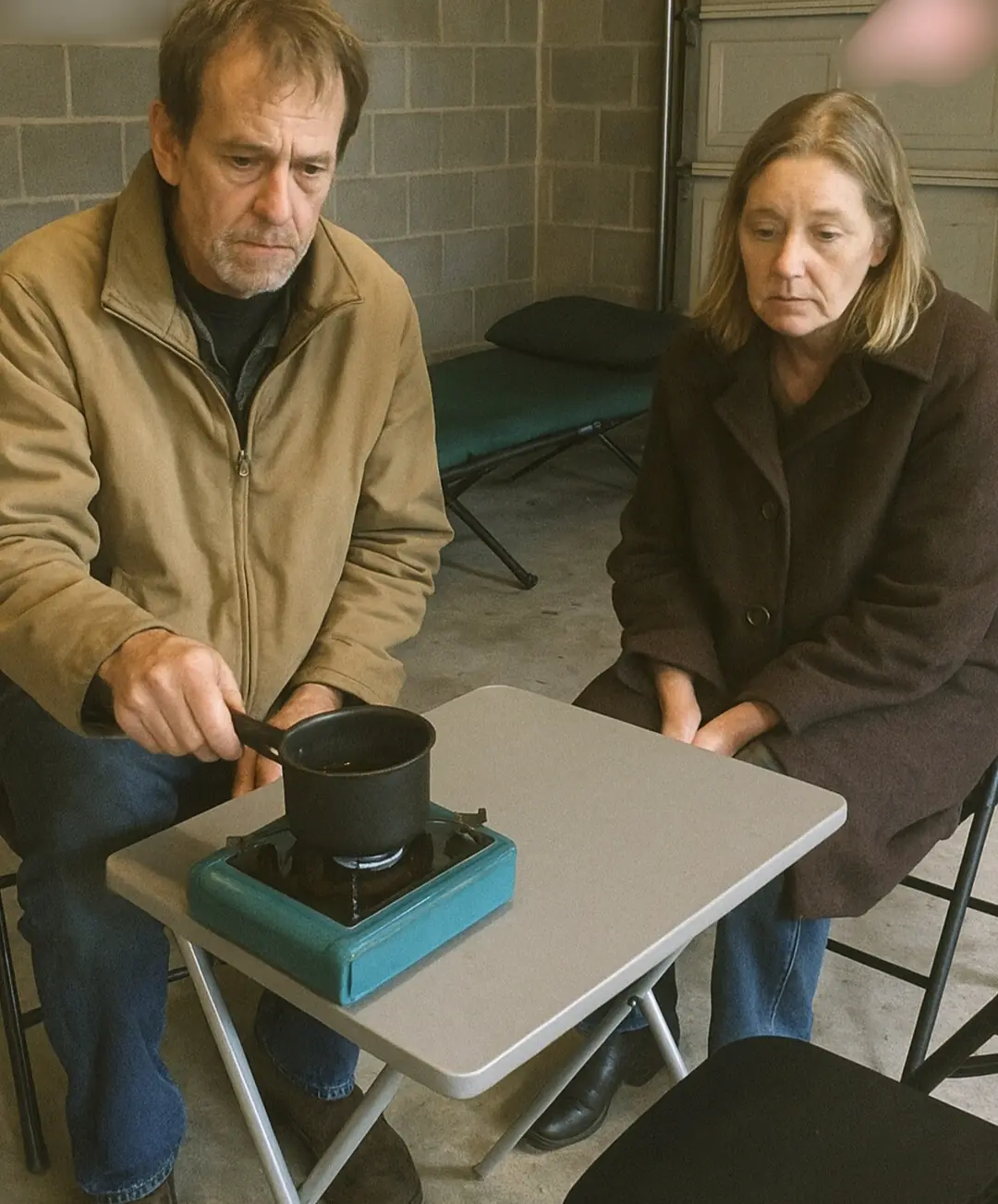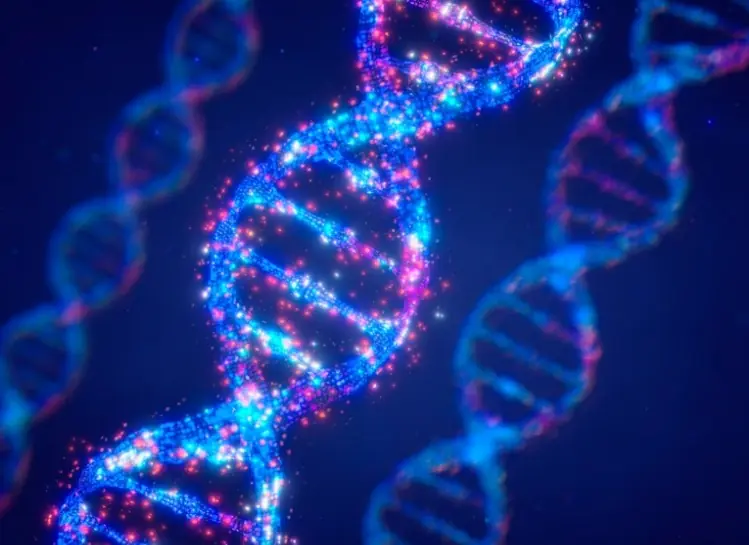
Hyperacute rejection-engineered oncolytic virus for interventional clinical trial in refractory cancer patients
Cancer continues to be one of the most formidable challenges in modern medicine, particularly when it comes to refractory cancers—those that do not respond to standard therapies. As traditional treatments such as chemotherapy, radiation, and even immunotherapy prove insufficient in many advanced-stage or treatment-resistant cases, scientists are turning to novel strategies. One promising avenue is the use of oncolytic viruses, engineered to selectively infect and destroy cancer cells while sparing normal tissues. An emerging concept within this field involves hyperacute rejection-engineered oncolytic viruses, designed to trigger a strong immune reaction against tumors. These innovative viral therapies are now making their way into interventional clinical trials, offering hope to patients with limited options.
Oncolytic viruses work through two main mechanisms: direct lysis of tumor cells and stimulation of the immune system. By infecting cancer cells, the virus replicates within them, eventually causing the cells to burst. This not only reduces the tumor mass but also releases tumor antigens into the bloodstream, potentially "teaching" the immune system to recognize and attack any remaining cancer cells. Engineering these viruses to enhance immune system activation is at the forefront of cancer virotherapy.
The hyperacute rejection concept, borrowed from organ transplantation science, refers to the body’s immediate and vigorous immune response to a foreign agent. Scientists have adapted this idea to cancer therapy by designing viruses that provoke an extremely strong immune reaction—but within the tumor microenvironment. These viruses are modified to express proteins or antigens that rapidly activate T-cells, natural killer (NK) cells, and inflammatory cytokines. The result is not only destruction of infected cancer cells but also a localized "storm" of immune activity aimed at clearing residual disease.
Clinical trials using hyperacute rejection-engineered oncolytic viruses are currently being launched for patients with refractory cancers, such as late-stage melanoma, glioblastoma, pancreatic cancer, and triple-negative breast cancer. These are cancers that are often resistant to chemotherapy and difficult to treat surgically. By enrolling these patients in interventional trials, researchers can directly assess the therapeutic impact of the engineered virus, measure safety and immune responses, and monitor changes in tumor burden.
One example of this approach is a trial in which a genetically modified virus is injected directly into a patient’s tumor. The virus is engineered not only to replicate in cancer cells but also to express immune-stimulating genes such as GM-CSF or interleukin-12, and markers to prompt hyperacute immune rejection. In some cases, the treatment leads to abscopal effects, where tumors outside the injection site also regress, indicating a systemic immune activation.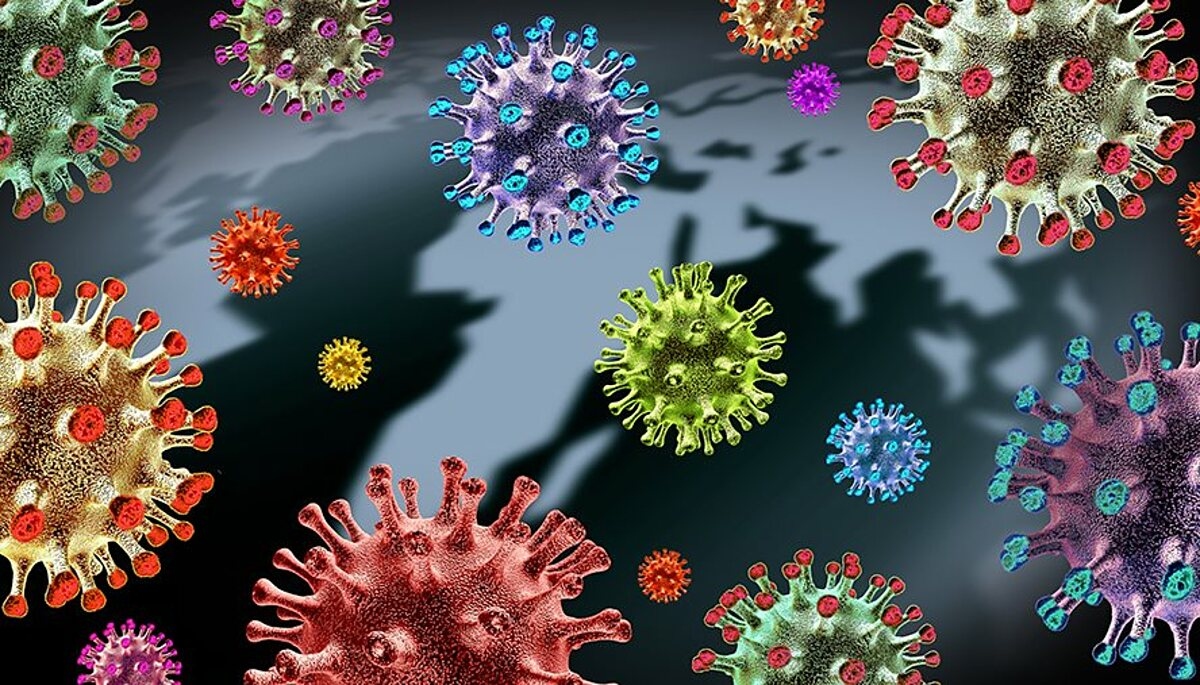
However, the development of hyperacute rejection-engineered virotherapy is not without challenges. Balancing immune activation with safety is critical, as an overly aggressive immune response could damage healthy tissues or lead to severe inflammatory reactions. Additionally, patients with compromised immune systems, common in cancer populations, may respond differently to such treatments. Careful dose selection, patient monitoring, and combination strategies (such as pairing with immune checkpoint inhibitors) are essential in maximizing efficacy while minimizing risks.
Ethically, these trials also require transparency and informed consent, especially since many patients participating may be in advanced stages of disease with limited time. Yet, for many, these trials represent a final hope—and a chance to contribute to medical breakthroughs that could benefit future patients.
In conclusion, hyperacute rejection-engineered oncolytic viruses mark a bold and innovative direction in the fight against treatment-resistant cancers. Through ongoing interventional clinical trials, these therapies are being tested not only for their ability to destroy tumors but also to reset the immune system’s capacity to recognize and eliminate cancer. While hurdles remain, the potential to convert a patient’s last hope into a life-saving intervention is a powerful motivator for continued research and development in this exciting field of cancer therapy.
News in the same category


Your Feet Could Be Signaling That Your Arteries Are Clogged

36-Year-Old Teacher Dies From Diabetes Doctors Say Was Triggered By Everyday Foods
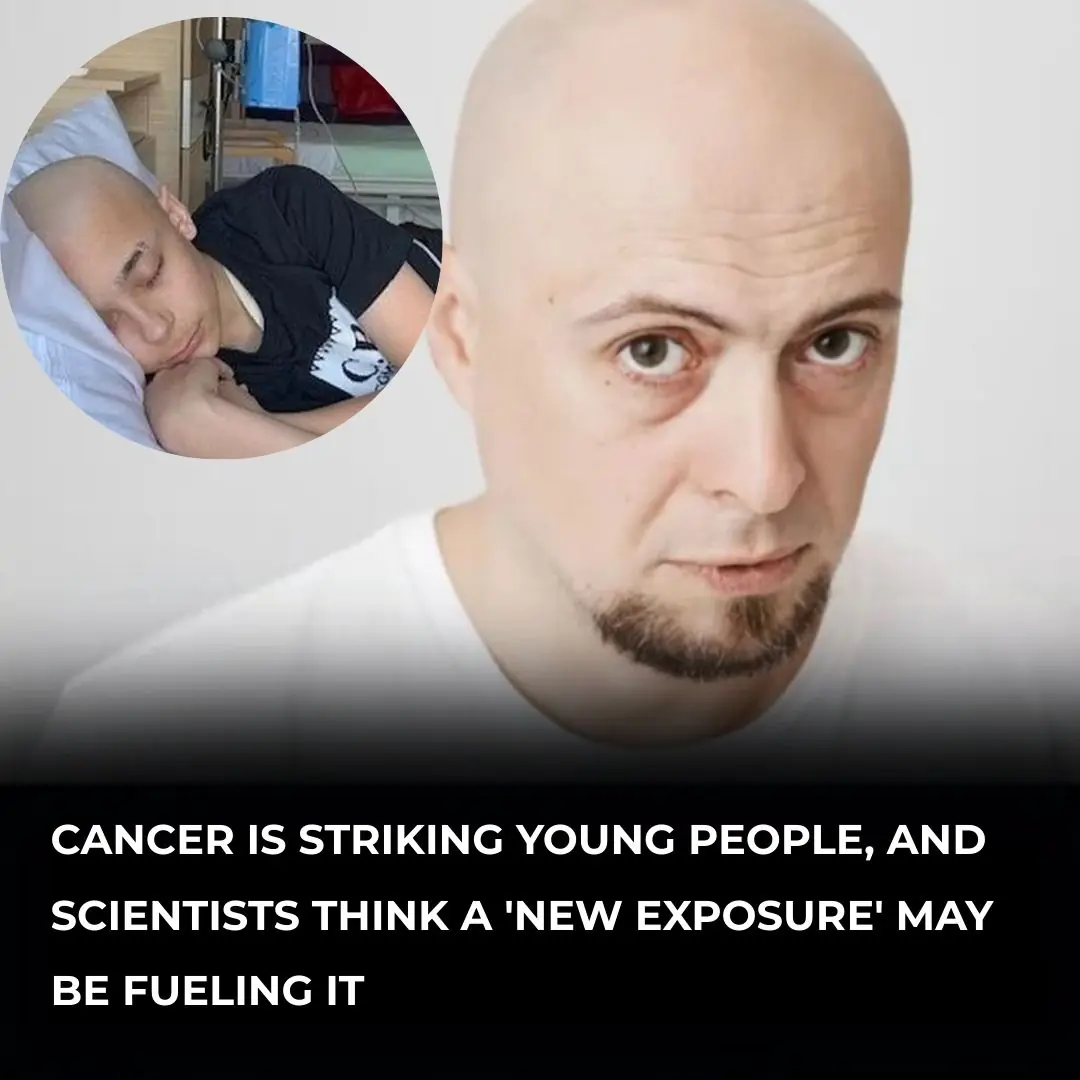
Cancer Rates Rising in Gen X and Millenials Compared to Older Generations, Study Finds

Lungs Full of Mucus? 1 SINGLE Drop Clears Airways & Restores Lung Health! | Barbara O’Neill

Rejuvenate Your Prostate Naturally: The Incredible Power of Tomato and Garlic Juice

Experts reveal the five foods that seriously affect your eyesight including one many of us eat every day

Early signs of diabetes many fail to notice

Bizarre permanent effect being stressed for just 5 days can have on your body

Everything to know about US measles outbreak as 2025 cases so far surpass numbers for whole of 2024

Doctor sends warning to anyone 'micro-dosing' Ozempic as fears grow about what it could do to your body

Caution Over Vaping After Teen Develops ‘Popcorn Lung’ Linked to Chemical Exposure

10 Reasons Ramen Noodles Are Bad For You (and How to Make Them Healthy)

101-Year-Old Doctor Is Still Driving, Shares His 7 Tips For A Long Life

Lab-grown teeth might become an alternative to fillings following research breakthrough

15 Surprising Things Men Say Make Women Seem Older Than They Are

Study Finds People with Certain Blood Type Are Prone to Early Stroke

New Castor Oil, Celtic Salt & Baking Soda Detox Changes EVERYTHING! (Must Try!)

The Cancer Destroying LEAF That Doctors Aren’t Telling You About! Barbara O’Neill SECRET
News Post

I-motif DNA structures are formed in the nuclei of human cells

Your Feet Could Be Signaling That Your Arteries Are Clogged

36-Year-Old Teacher Dies From Diabetes Doctors Say Was Triggered By Everyday Foods

Cancer Rates Rising in Gen X and Millenials Compared to Older Generations, Study Finds

Lungs Full of Mucus? 1 SINGLE Drop Clears Airways & Restores Lung Health! | Barbara O’Neill

Rejuvenate Your Prostate Naturally: The Incredible Power of Tomato and Garlic Juice

Experts reveal the five foods that seriously affect your eyesight including one many of us eat every day

Early signs of diabetes many fail to notice

Bizarre permanent effect being stressed for just 5 days can have on your body

Everything to know about US measles outbreak as 2025 cases so far surpass numbers for whole of 2024

Doctor sends warning to anyone 'micro-dosing' Ozempic as fears grow about what it could do to your body

My Sister Inherited Everything, While My Father Left Me Only a Chessboard, But the Secret It Held Shocked Our Entire Family
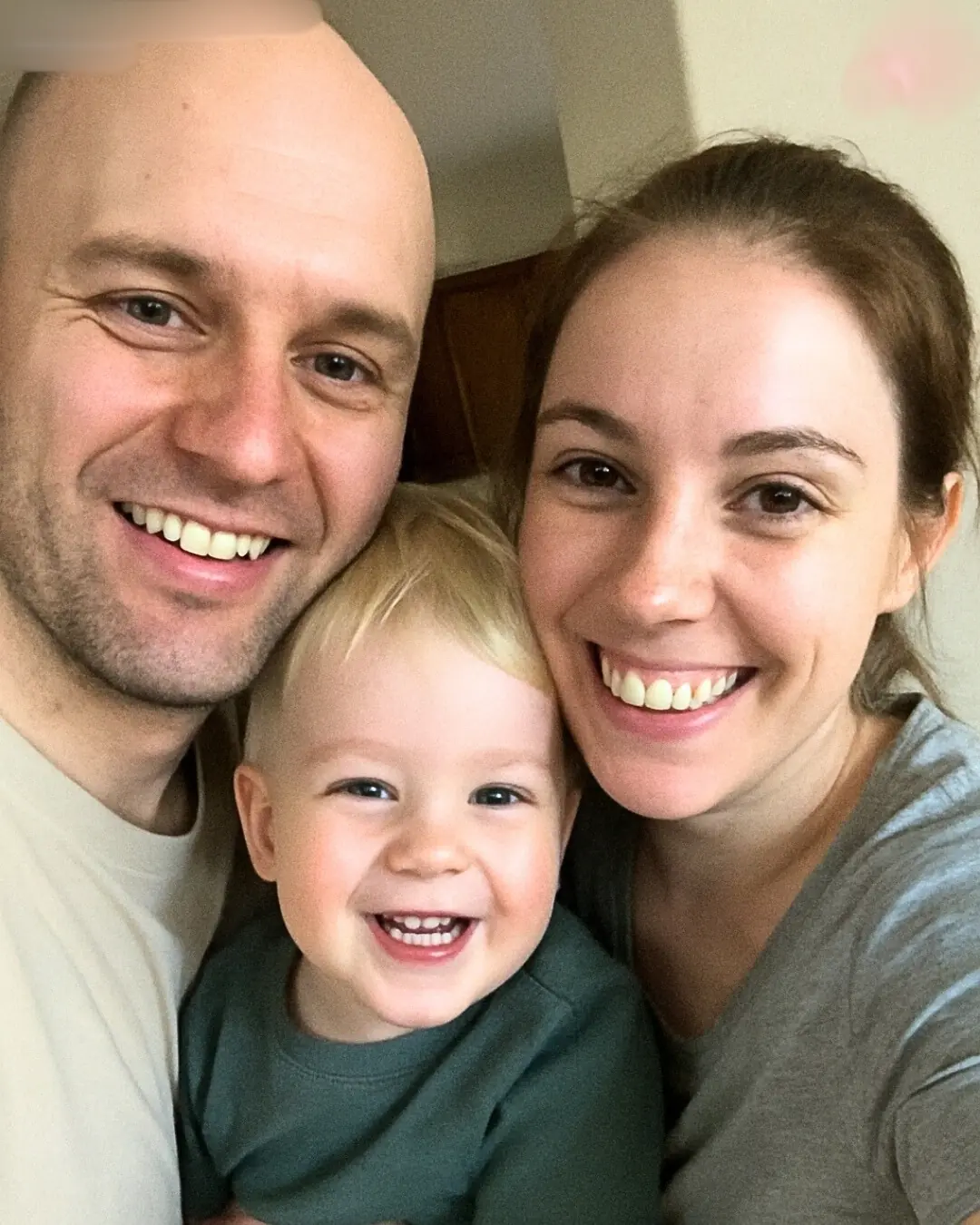
I Heard Our Baby Crying While I Was in the Shower & My Wife Was Watching TV – When I Entered His Room, I Screamed in Shock
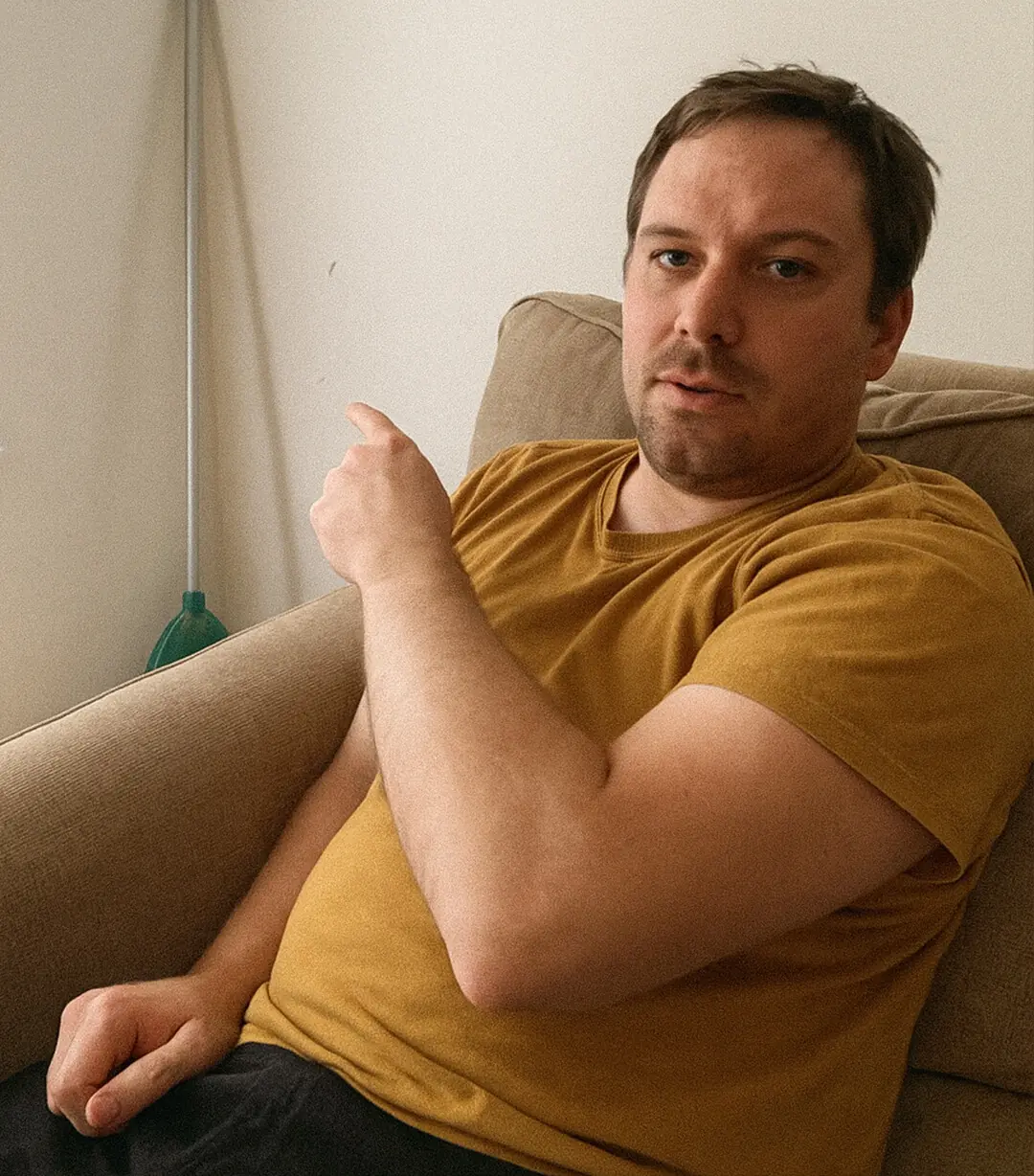
My Husband Refused to Replace Our Broken Vacuum and Said I Should Sweep Since I'm 'Just on Maternity Leave' — So I Taught Him a Lesson He'll Never Forget

My FIL Got Rid of My Beloved Flower Garden & Dug a Pool for Himself without Permission – But Karma Hit Him Back Harshly

I Came Home to Find My Kids Outside with Packed Bags — It Was the Hardest Day of My Life

Greedy Brothers Mock Younger Sister Because She Only Inherited an Old Umbrella

My MIL Left Me Everything Instead of Her Own Children, But My Inheritance Came With a Trap
